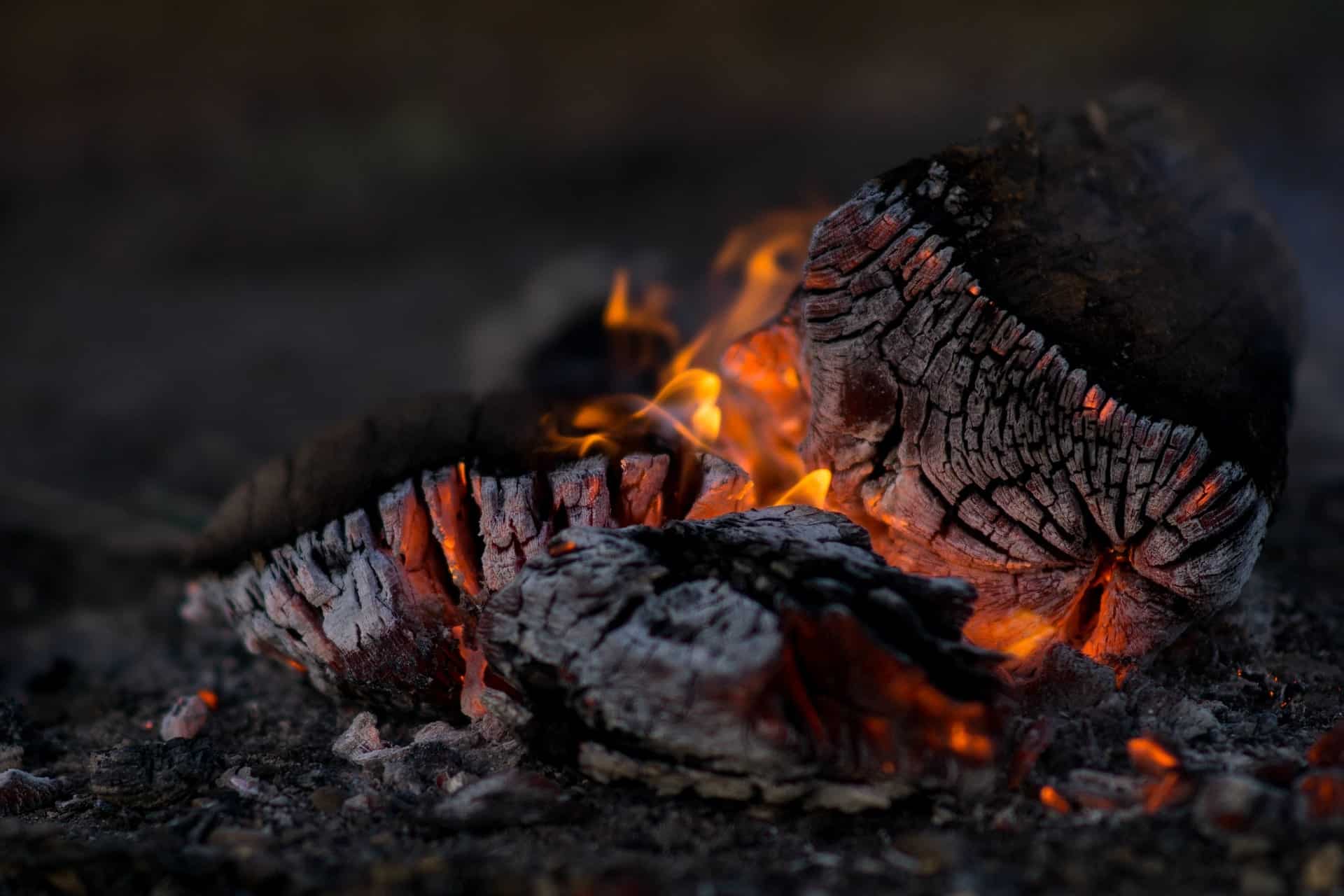Minimize Campfire Impacts – Having Safe & Responsible Campfires
Many outdoor spaces in Colorado have been impacted by the careless use of fires and the demand for firewood. Campfires are beautiful by night, but the soot-scarred rock rings — rings that are often overflowing with ashes, partly burned logs, food and trash — are unsightly by day. More importantly, campfires can and do ignite deadly wildfires.
Many of us grew up with the tradition of campfires but in many places, they are restricted or forbidden. Always ask about fire regulations from rangers and other land managers before you head to your campsite. It’s best to use existing fire rings or fire pans to prevent leaving lasting impacts if you do choose to have a fire.
Use a stove. If you plan on cooking in the outdoors, you should carry a stove, the necessary cooking equipment, matches and enough fuel to cook all meals. Learn more about the benefits of using a camp stove.
Build fires only when conditions are right — the danger of wildfire is low (look for signs at the entrances to natural areas or speak to the ranger), dead and downed wood is plentiful, and there is sufficient time to prepare the fire site, burn all the wood to cold ash and clean up.
Fires should be avoided in fragile environments like alpine (high-altitude) areas. Wood from many mountainous trees and bushes, such as arctic willow or alpine krummholz, can be hundreds of years old but will burn quickly. These areas can be incredibly susceptible to wildfire and can take years to fully recover. For this reason, many areas prohibit campfires above the treeline to protect this important part of Colorado’s ecosystem.
Learn more about how you can minimize campfire impacts.
In partnership with Leave No Trace and the Colorado Office of Tourism / Care for Colorado program.
© 1999 by the Leave No Trace Center for Outdoor Ethics: www.LNT.org

